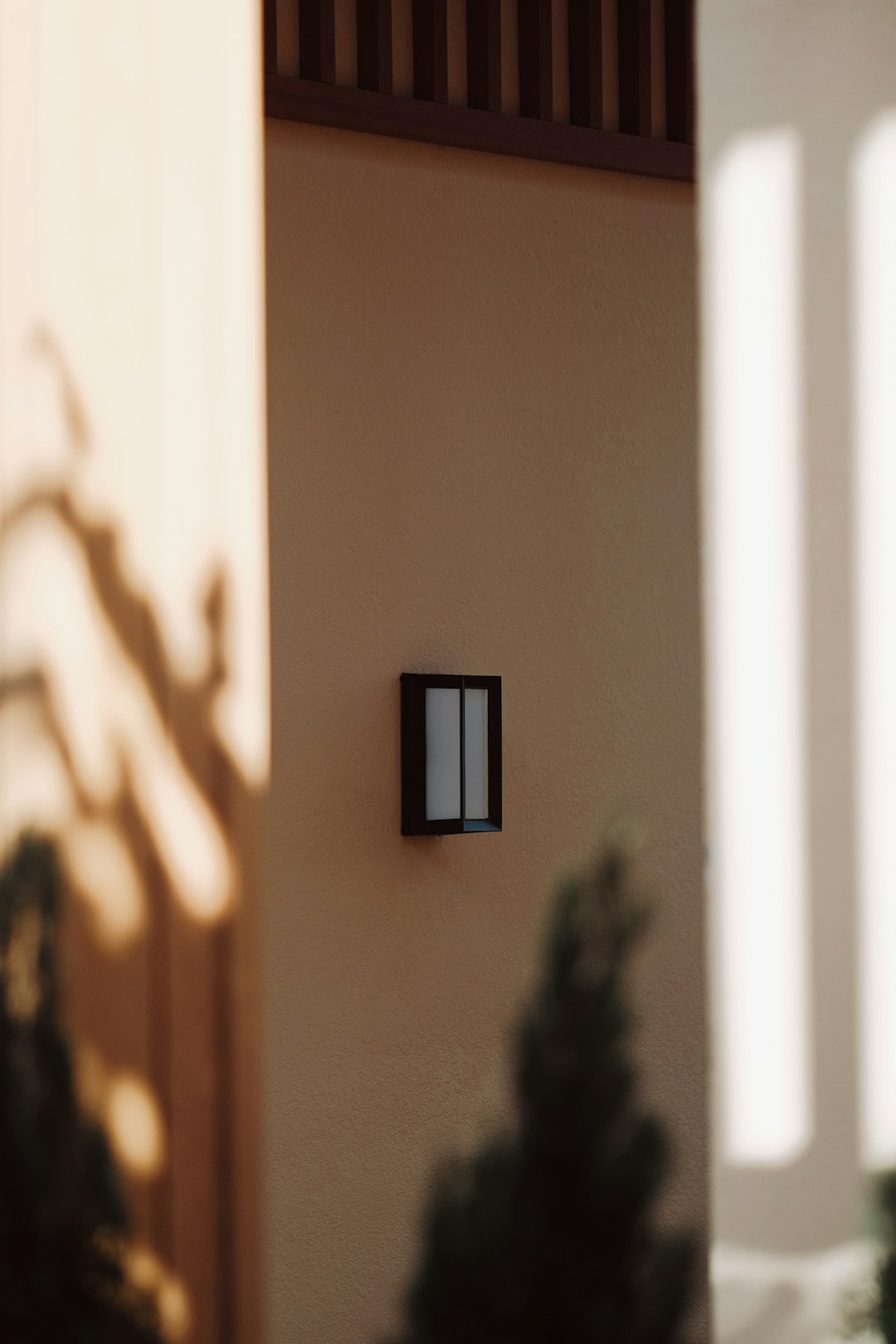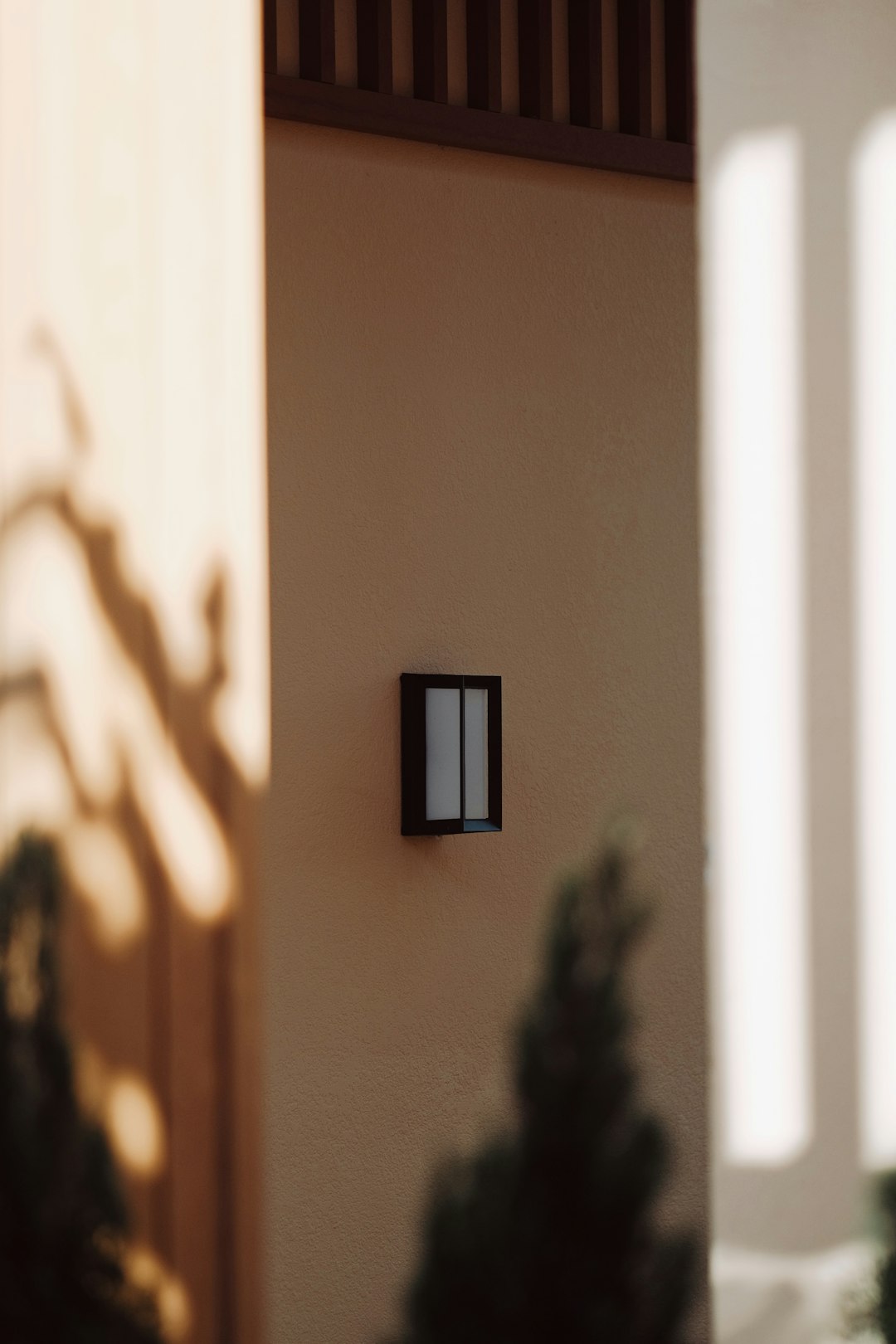The modern smart home ecosystem continues to evolve, and among the growing lineup of IoT products, the Xiaomi Mi Door Window Sensor 2 stands out as a compact yet highly effective device. Designed to enhance home security and automation, this sensor integrates seamlessly with other Xiaomi smart devices while being discreet and aesthetically pleasing. What’s more impressive is the availability of a 3D model of the sensor, making it easier for enthusiasts, developers, and designers to incorporate it into custom projects and simulations.
The design and features of this smart sensor reflect Xiaomi’s dedication to high functionality wrapped in a minimalistic package. Understanding the structure and capabilities of the Xiaomi Mi Door Window Sensor 2 through its 3D model offers exciting possibilities for offline visualization, educational purposes, and advanced integration into personalized home automation systems.
Design Overview
The Xiaomi Mi Door Window Sensor 2 sports a clean, unobtrusive look. With its smooth white casing and almost invisible seams, it can be placed on any door or window frame without drawing attention. The design is focused on blending utility with aesthetics, which is evident in both the physical product and its digital representation in a 3D model.
The sensor comes in two parts: the main sensor body and the magnetic contact unit. Their combined operation determines whether a door or window is open or closed based on the proximity of the magnet to the sensor. This simplicity in design has been accurately translated into the 3D model, making it a valuable digital asset for system planners and CAD users.

Key Features and Functionality
The Xiaomi Mi Door Window Sensor 2 isn’t just a basic switch that detects open or close states. It includes a range of smart features that enhance both safety and automation:
- Bluetooth Connectivity: Unlike its predecessor, this version includes Bluetooth support, enabling more stable and energy-efficient communication with other Xiaomi smart devices.
- Built-in Light Sensor: The addition of a light sensor allows for advanced automation based on ambient lighting. For example, it can trigger lighting when a door is opened in a dark room.
- Compact and Lightweight Design: Weighing only a few grams and measuring around 34mm x 32mm x 14mm for each component, this sensor fits virtually anywhere without obstruction.
- App Integration: Fully integrates with the Mi Home app, offering real-time status updates, history logs, and customized automation triggers.
- Voice Assistant Compatibility: Compatible with major voice assistants like Google Assistant and Amazon Alexa when used with a Gateway device.
These features can also be demonstrated through interactive 3D models, particularly useful in design mockups or when developing smart home environments in simulation software like Home Assistant dashboards or Unity-based smart home simulators.
Applications in Smart Home Environments
One of the most compelling uses of the 3D model of the Xiaomi Mi Door Window Sensor 2 is in designing or configuring smart environments. Developers creating virtual home layouts, AR experiences, or training simulations benefit from accurate 3D representations. Whether you’re developing a smart home app or creating physical models with 3D printers, having a reliable digital model is invaluable.

Here are just a few ways the 3D model can be put to use:
- Educational Demonstrations: Tech educators can use the model to explain the sensor’s structure and function in IoT-related courses or workshops.
- Interior Planning: Visualizing placement of sensors in architectural renders or 3D tours of smart homes.
- Rapid Prototyping: 3D printing compatible models for functional testing or to create mock installations in concept homes and showrooms.
Conclusion
The Xiaomi Mi Door Window Sensor 2 is a testament to how smart devices have evolved to meet the growing demands of automation, efficiency, and aesthetics. Its compact design and feature-rich interface make it an essential element of modern smart homes. With the availability of its accurate 3D model, it opens up new realms for innovation—whether you’re a homeowner, a developer, or a designer aiming to make the most out of your smart environment.
From real-time security monitoring to intelligent lighting control, this tiny sensor packs a significant punch. By exploring and utilizing its 3D model, professionals and hobbyists alike have a new tool to envision, design, and build the smart homes of tomorrow.
